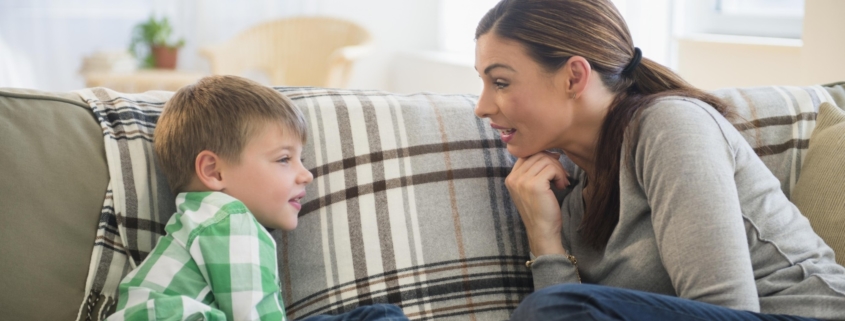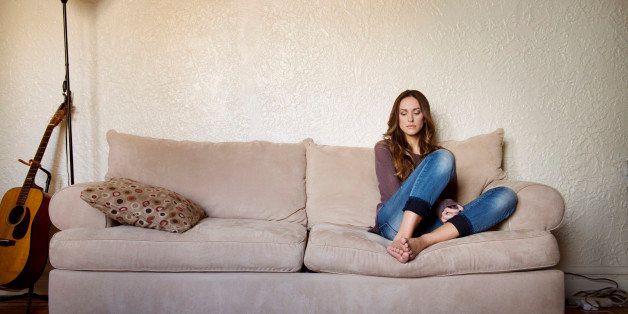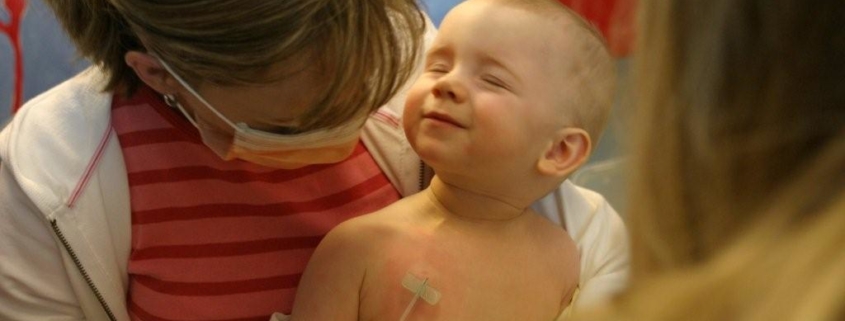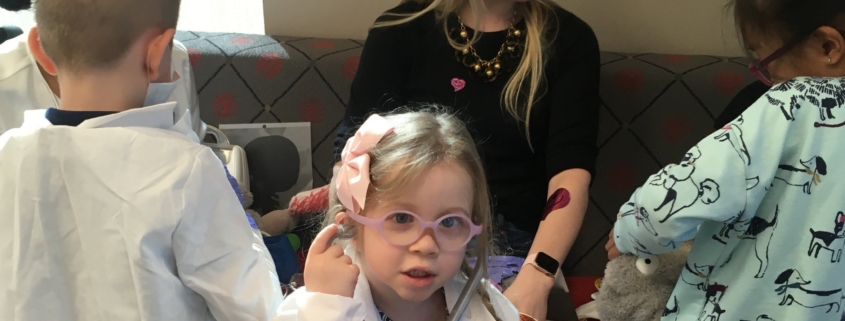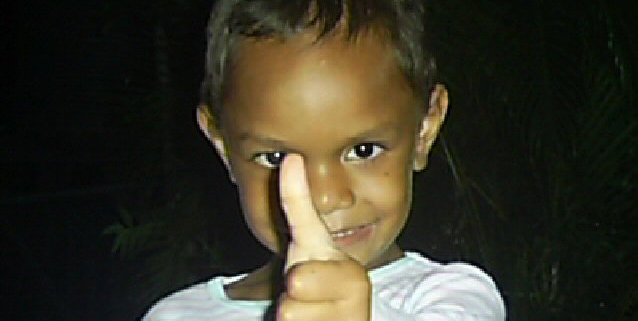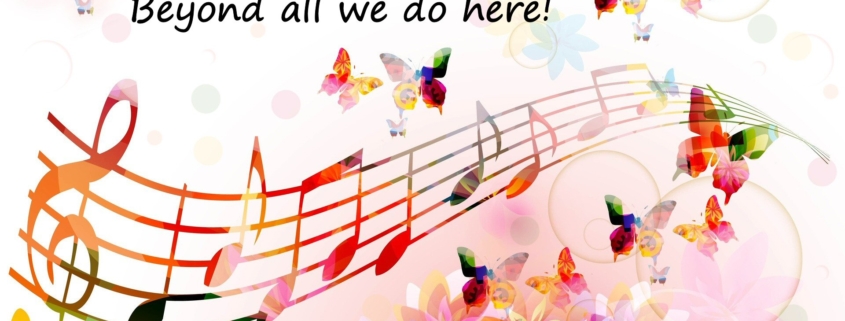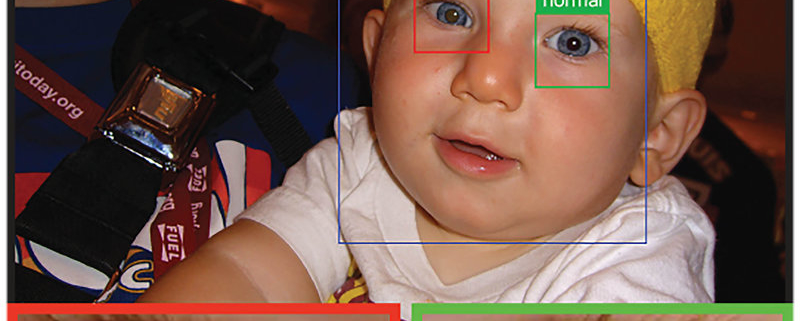How To Support Siblings of Children With Retinoblastoma
Siblings of children with retinoblastoma often experience big fears, worries and emotions when their brother or sister is first diagnosed, during treatment, and beyond. Early Years Educator and Child Life Intern Keanna Gordon explores childhood eye cancer from the sibling’s perspective, and how parents can best support their wellbeing.

